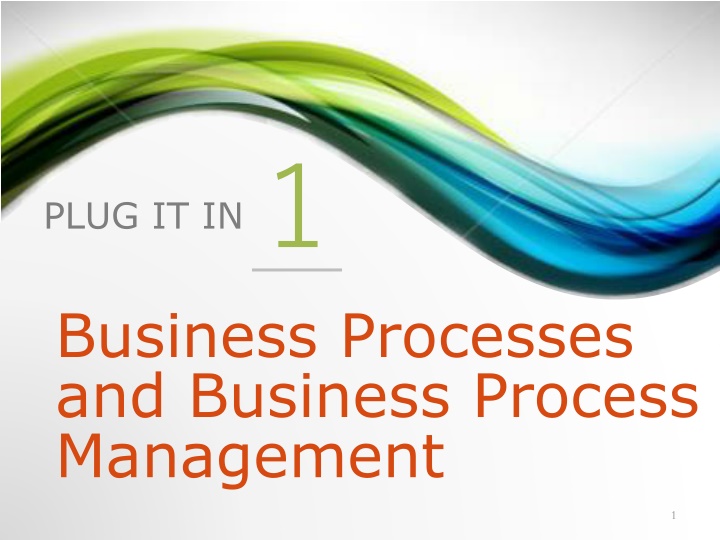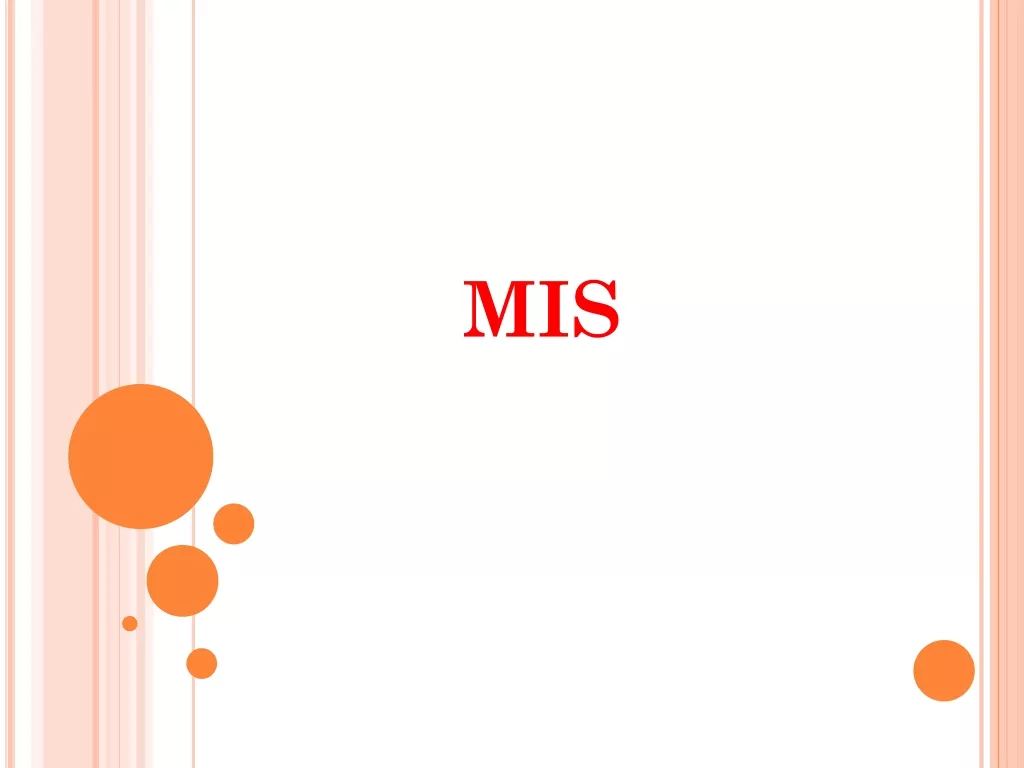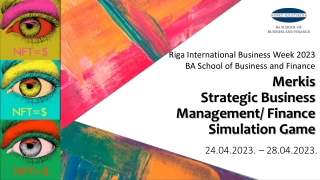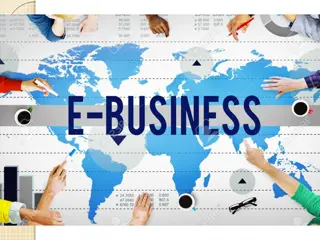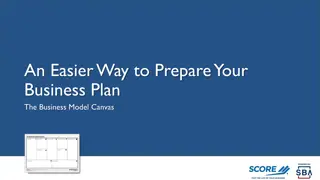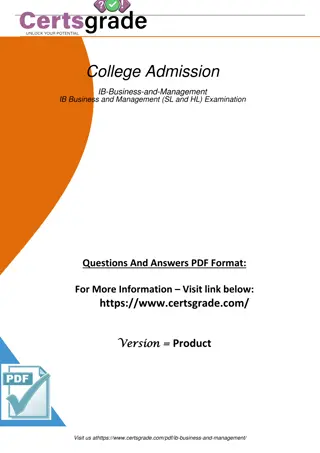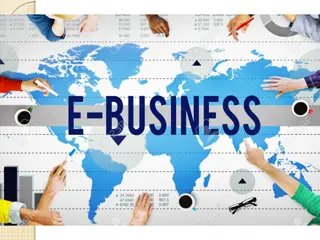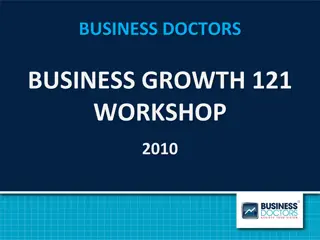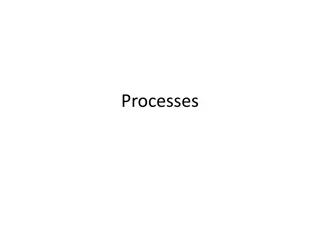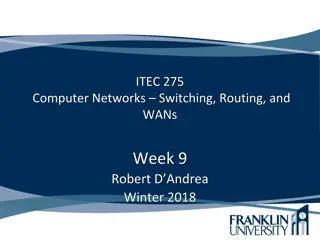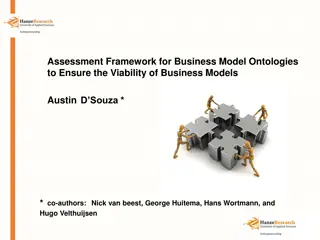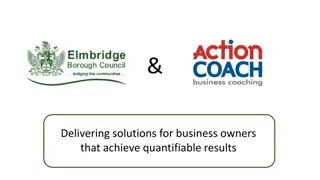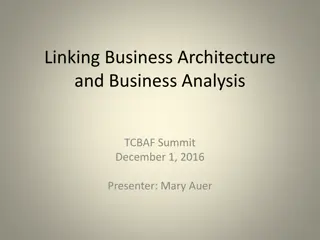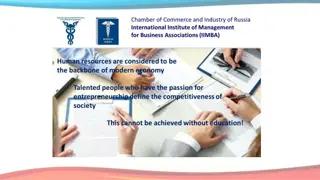Business Processes and Management Insights
The intricacies of business processes, reengineering, improvement, and management. Learn how information systems enable cross-functional processes and enhance business performance. Discover the strategies of Business Process Reengineering (BPR) and Business Process Improvement (BPI) to drive productivity and profitability.
Download Presentation

Please find below an Image/Link to download the presentation.
The content on the website is provided AS IS for your information and personal use only. It may not be sold, licensed, or shared on other websites without obtaining consent from the author.If you encounter any issues during the download, it is possible that the publisher has removed the file from their server.
You are allowed to download the files provided on this website for personal or commercial use, subject to the condition that they are used lawfully. All files are the property of their respective owners.
The content on the website is provided AS IS for your information and personal use only. It may not be sold, licensed, or shared on other websites without obtaining consent from the author.
E N D
Presentation Transcript
PLUG IT IN1 Business Processes and Business Process Management 1
Chapter Outline 1. Business Processes (BP) 2. Business Process Reengineering (BPR) 3. Business Process Improvement (BPI) 4. Business Process Management (BPM) 5. Discuss ways in which IS enable cross- functional BP and BP for a single functional area. 6. Compare and contrast BPR, BPI and BPM. 2
Business Processes: Inputs, Resources, and Outputs 2 Metrics of BP: Efficiency: Doing things well Effectiveness: Doing things that matter. An ongoing collection of related activities that create a product or a service of value to the organization, its business partners, and/or its customers. A YouTube Video: http://theprocessconsultant.com/business-process-and-it/ 3
Cross-Functional Processes Cut across multiple functional areas; Multiple functional areas collaborate to perform the process; No single functional area is responsible for their execution. e.g., procurement and fulfillment. 4
IS enabled Business Processes Information Systems (IS): A critical enabler of business processes. Facilitate communication and coordination among different functional areas. Allow easy exchange of, and access to, data across processes. IS vital role in 3 areas: Could be fully automated Executing the process Capturing and storing process data: e.g., RFID Monitoring process performance For example: e-commerce as a set of the Internet-enabled business processes: https://www.youtube.com/watch?v=A hgtoQIfuQ4 5
BP Reengineering (BPR) A strategy for making an organization s business processes more productive and profitable. Examining business processes; Determining how they can best reconstruct those processes to improve their business functions. Difficult, radical, and comprehensive to do. 6
BP Improvement (BPI) Focuses on reducing variation in the process outputs: Streamline your business Searching for root causes of the variation in the process (such as a broken machine on an assembly line) or among the process inputs (such as a decline in the quality of raw materials purchased from a certain supplier). Less radical; less disruptive; more incremental. 7
BP Management (BPM) A management system designed to sustain BPI efforts over time; Includes methods and tools to support the design, analysis, implementation, management, and continuous optimization of core BP throughout the organization; Integrates disparate BPI initiatives to ensure consistent strategy execution. 8
S ABOUT BUSINESS PI1.1 Chevron 1. What was one of the main advantages of BPR at Chevron? 2. Why did Chevron adopt BPI? 3. How does Chevron apply BPM in its operations today? 9
Summary 1. Business Processes (BP) 2. Business Process Reengineering (BPR) 3. Business Process Improvement (BPI) 4. Business Process Management (BPM) 5. Discuss ways in which IS enable cross- functional BP and BP for a single functional area. 6. Compare and contrast BPR, BPI and BPM. 10
